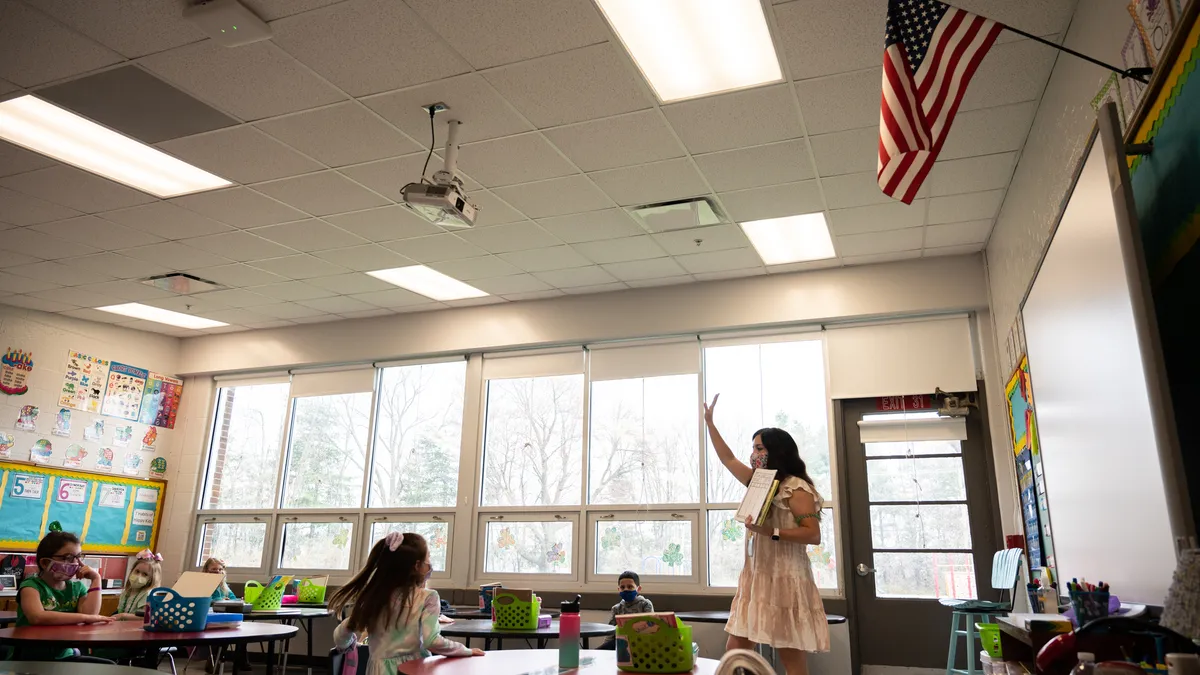In education, policy is power, said Christina Kishimoto, a former state superintendent of the Hawaii State Department of Education.
“If you take a look at your district’s policies, especially your district’s financial policies and you follow the money, you get a clear sense of the story of the equity of access in your own district,” Kishimoto said during an “Equity in Rural Life Ted-Talk Panel.”
The 2021 National Forum to Advance Rural Education kicked off Thursday with a three-speaker panel highlighting equity in rural life from education, policy and economic development perspectives.
Kishimoto outlined a policy framework of four strategies to help school districts understand and then address inequities in their communities:
- Engaging in policy knowledge.
- Understanding policy voice.
- Establishing a policy network.
- Creating policy leverage.
Engaging in policy knowledge means a person is paying attention to the structure and language in their own policy decisions, according to Kishimoto. This includes analyzing language in a policy that may be holding back innovation to address inequities, she said.
Policy voice is understanding who has input in policy decisions, she said, while a policy network brings schools and their communities together with the understanding that equity policies cannot be acted on alone and require communities to help implement them.
An example of a policy network in action, Kishimoto said, is an outdoor classroom in Hawaii where a teacher worked alongside a community expert in engineering and sustainability. The product of this collaboration turned into classroom lessons that allowed Native Hawaiian students to restore 1,000-year-old fish ponds.
“All of a sudden, we saw Native Hawaiian students, who were not doing well in the classroom, engaging in these higher-level science classes,” Kishimoto said.
The final strategy, policy leverage, involves implementing innovation from other fields into education.
For example, Kishimoto said as state superintendent in Hawaii, she instituted a telehealth program for 180,000 public school students when hospitals discovered a way to implement telehealth at the onset of the COVID-19 pandemic.
There’s an assumption that issues of inequity only impact urban areas, where there are large concentrations of people in poverty, Kishimoto said. In fact, she said, policies in Hawaii are very urban-centric, and funding disproportionately prioritizes cities over rural areas.
This is also a national issue, according to a 2019 Rural School and Community Trust report. In fact, nearly one in five U.S. students attended a rural school in 2018-19, the report said, meaning more students attend rural schools compared to the nation’s 85 largest school districts combined.
Inequities are not always obvious, Kishimoto said. For instance, while Hawaii is viewed as a glamorous tourist destination, its rural communities are filled with poverty, Kishimoto said.
The pandemic also highlighted inequities that have long existed in these communities, such as a lack of access to internet or technology devices, she said.
“But how do you engage students who are coming from these spaces of need and crisis?” Kishimoto asked.
Overall, panel speakers on Thursday were hopeful about the future of rural education.
Haley Danielle Richardson, a 2nd grade teacher at University Charter School in Livingston, Alabama, said rural communities have a lot more opportunities than what’s often assumed.
“There are endless possibilities in rural communities,” Danielle Richardson said. “In the sense of education, it’s up to us as educators to show our students those possibilities.”
There are stereotypes that rural communities are dying, said Ben Winchester, a rural sociologist at the University of Minnesota Extension Center for Community Vitality.
Yet Winchester said while high school graduates often leave small towns, census data shows that many come back to rural areas when they are in their 30s and 40s. When students leave small towns it’s not necessarily a bad thing, either, Winchester said.
"We should be celebrating the fact that you have done such a good job educating our kids that you can bring them out into the world and succeed," Winchester said. "This is a measure of success, not failure."








 Dive Awards
Dive Awards






